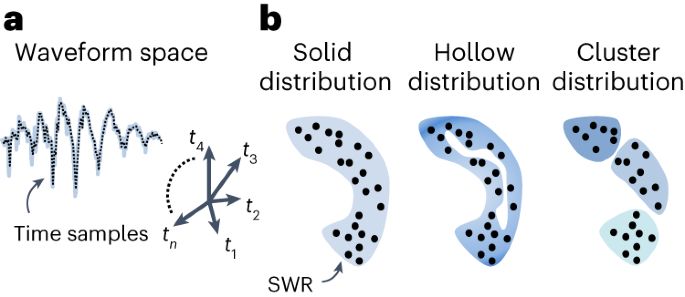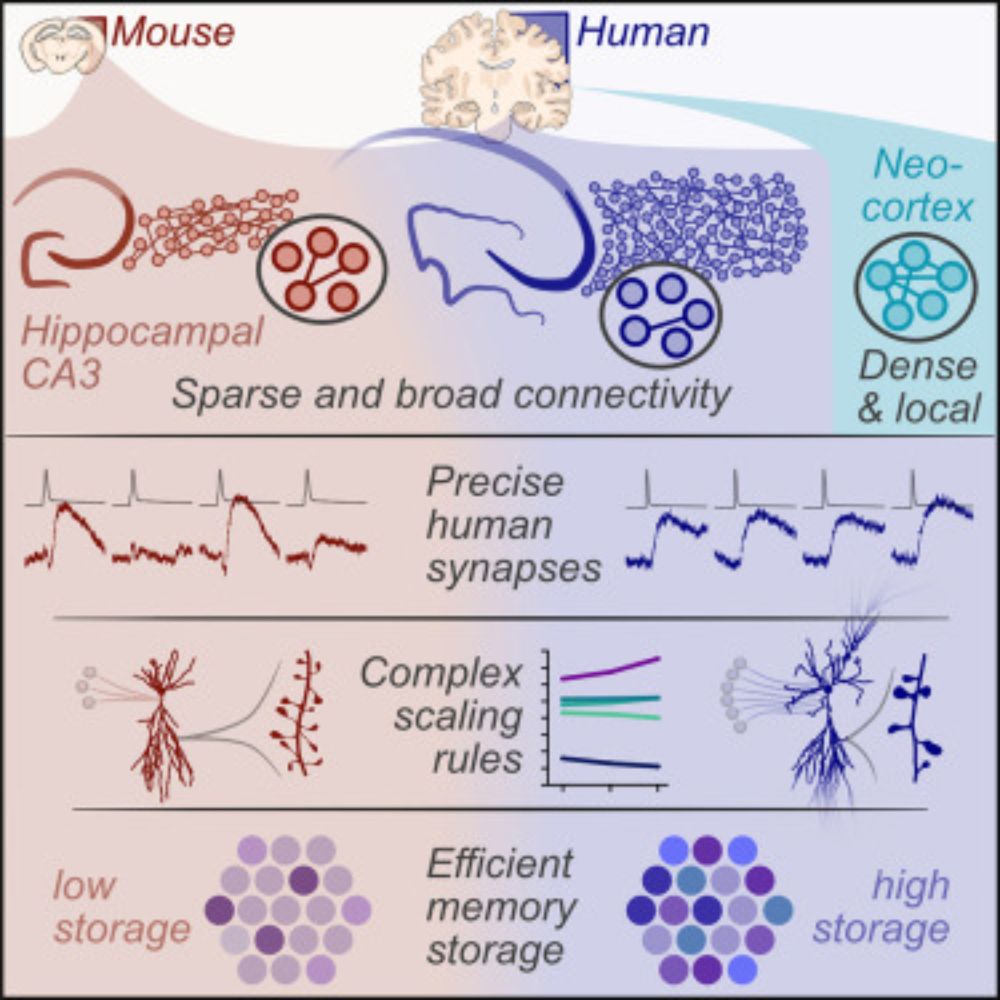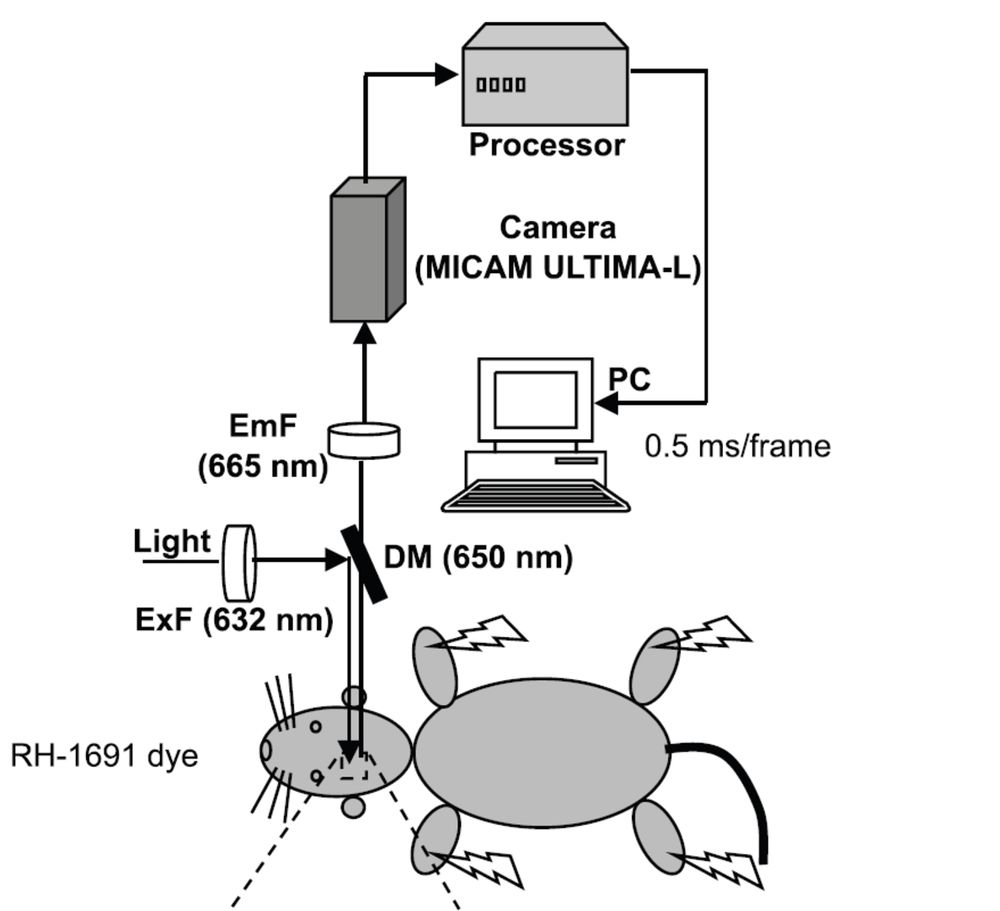Google Scholar: https://bit.ly/acnavasolive
@smikulovic.bsky.social talks about helping mice
@nikolaskaralis.bsky.social neuromodulatory circuits
@acnavasolive.bsky.social SWR across species
And me 💁🏽♀️ about theta & movement
#neuroscience
#NeuralMechanismsofCognitiveFunction
sites.google.com/isd.org.br/i...

@smikulovic.bsky.social talks about helping mice
@nikolaskaralis.bsky.social neuromodulatory circuits
@acnavasolive.bsky.social SWR across species
And me 💁🏽♀️ about theta & movement
#neuroscience
#NeuralMechanismsofCognitiveFunction
sites.google.com/isd.org.br/i...
Next up is @acnavasolive.bsky.social talking about her impressive research on sharp wave ripple analysis across species in health and disease. Andrea is a phenomenal computational neuroscientist 🤩 and I am so excited to hear her speak for the first time!

Next up is @acnavasolive.bsky.social talking about her impressive research on sharp wave ripple analysis across species in health and disease. Andrea is a phenomenal computational neuroscientist 🤩 and I am so excited to hear her speak for the first time!
@acnavasolive.bsky.social discussing important considerations for identifying hippocampal ripple events in a recording session and how a convolutional NNs might help their identification.
✅
@acnavasolive.bsky.social discussing important considerations for identifying hippocampal ripple events in a recording session and how a convolutional NNs might help their identification.
✅















Before Biorender, all we had was MS Paint and a dream. But ovals, lines, and lightning bolts were all we needed
Morales-Botello et al., 2012

Before Biorender, all we had was MS Paint and a dream. But ovals, lines, and lightning bolts were all we needed
Morales-Botello et al., 2012
www.biorxiv.org/content/10.1...

www.biorxiv.org/content/10.1...
I created a starter pack for the growing community of hippocampus physiologists that have joined the great migration. Also included the physiology-adjacent.
Tell me who I haven’t found yet
I created a starter pack for the growing community of hippocampus physiologists that have joined the great migration. Also included the physiology-adjacent.
Tell me who I haven’t found yet

